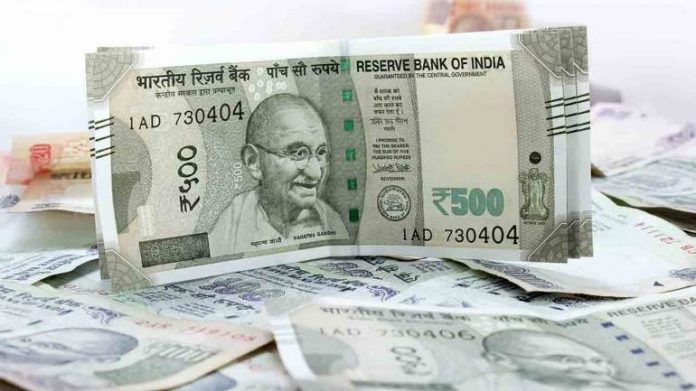Most of them see the rupee trading in a range of 67-69 for the foreseeable future, or recovering to that range quickly after falling to around 70.
The rupee may have fallen to its all-time intraday low on Thursday, but if experts’ views are anything to go by, the fall may not turn out to be as bad as the one in 2013.
The domestic currency on Thursday fell to an intraday low of 69.09 to the dollar, which is its lowest-ever, as crude oil prices continued their forward march. Fears of widening current account deficit and higher inflation also dampened sentiment.
But more than 10 bankers and market experts that Moneycontrol spoke to reckon that this may be the worst of it. Most of them see the rupee trading in a range of 67-69 for the foreseeable future, or recovering to that range quickly after falling to around 70.
“Unlike 2013, we do have fair amount of ammunition through adequate forex reserves, which would allow RBI to intervene to curb any sharp spikes which are unwarranted,” Shubhada Rao, Chief Economist at YES Bank, told Moneycontrol.
In 2013, India’s forex reserves had come down to $274 billion, which was roughly nine months of import cover, compared to reserves of over $400 billion now.
Another factor pointed out by experts that could keep the rupee’s fall limited to the extent it has already fallen or thereabouts, was the fact that countries like Saudi Arabia and Russia are likely to start producing more in order to compensate for the shortfall in production in other OPEC countries.
Market expert and former IDBI Bank CFO, NS Venkatesh, said that the rupee will likely touch 69.40 over the next few days but will come down to 68-68.50 in 15-20 days.
“It will take some more time for oil prices to come down, but if other OPEC countries will produce more, I don’t see oil prices shoot up very high. They may trade around $70-90 per barrel, which we can absorb,” Venkatesh said.
The prevalent weakness in the rupee may be something to worry about, yes, but experts were quick to point out that it wasn’t an India-specific phenomenon. Most Asian currencies have witnessed similar trends this year, primarily because of heightened fears of a trade war between US and China.
Needless to say, the Chinese yuan has fallen quite a bit against the dollar in recent times. It is currently trading at 6.62 against the greenback, 0.2 percent weaker than its previous close, and 5.6 percent weaker than its 2018 high of 6.27, achieved in April.
Other Asian currencies like the Indonesian rupiah, Singaporean dollar, Thai baht, Japanese yen, and Malaysian ringgit were all trading 0.1-0.6 percent weaker against the dollar on Thursday.
“India is definitely not fragile like it was in 2013. But being part of the emerging markets, it does hit us. The stages of sharp appreciation and depreciation don’t last, and correct themselves,” said Dharmakirti Joshi, Chief Economist, CRISIL.
With inflows into Indian capital markets being subdued for the past several months, participants are worried about what the weakness in the rupee could do to capital inflows. But the collective opinion is that things cannot get much worse from here because most short-term foreign investments have already been withdrawn.
Of course, if pressures from around the globe prevail and manage to derail the long-term view on the domestic currency, it could result in an outflow of even the longer-term foreign investments.
“This (the current fall) is certainly going to affect capital inflows, but I think we have been hammered quite a bit. Pressure has now moved to the Asian exporting economies, principally because of the China story,” said Abheek Barua, Chief Economist, HDFC Bank.
Having said all this, the fall in the rupee has not been a dramatic one, like the rout in 2013. The rupee has been one of the worst-performing Asian currencies this year, but the fall has been gradual and orderly. This gives the RBI, whose stated position is that it intervenes only to curb volatility and not determine a price level, some breathing space.


